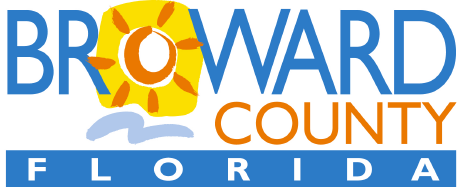Broward County’s Film Commissioner isn’t sitting around waiting for help from Tallahassee to bring a thriving film industry to Greater Fort Lauderdale and beyond.
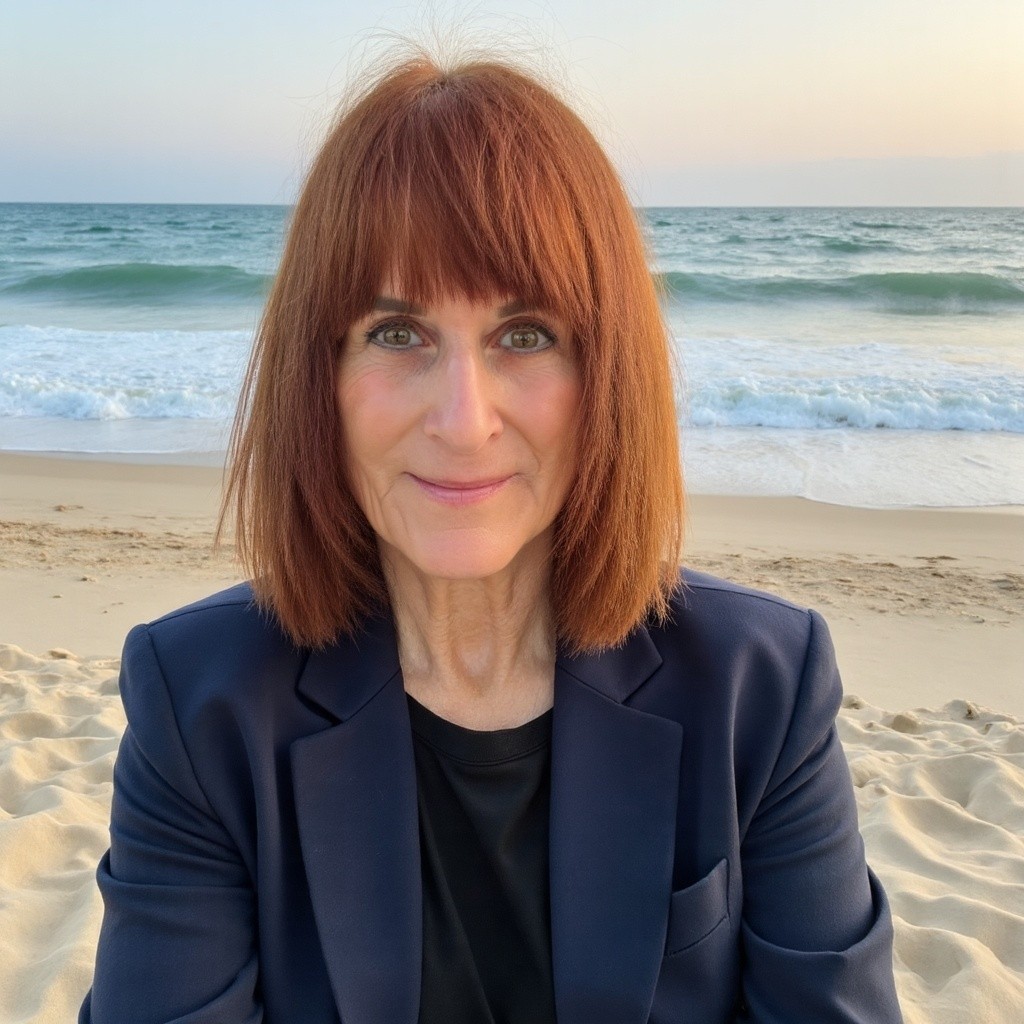
The governor was not interested in hearing how many jobs the entertainment industry provided. When it came to social issues and sinners, he was always up for a fight and here, he saw nothing but sinners.
The year, of course, was 1917. The governor in question was Alabama-born Baptist preacher turned politician Sidney Catts. Neither Democrat nor Republican, he ran on the Prohibition Party ticket, looking to rid Florida of alcohol and sin. And to Catts, few things were more sinful than the new but rapidly growing film industry.
In the end, Florida’s early film industry at that time — it was centered around Jacksonville — died only partially because of the governor and his supporters. Florida was easy to get to for New York-based filmmakers that they didn’t have to set up any new facilities; they could spend the winter shooting season in Florida, then take a fast train back up the coast to their New York studios. Another rapidly growing warm-weather film destination offered no such convenience to New York; in Los Angeles, they had to build an entire film infrastructure.
The history of film in Florida looks a lot like the history of real estate in Florida — big booms and big busts. University of Central Florida film and history lecturer David Morton explores that history in his new book “Motion Picture Paradise: A History of Florida’s Film and Television Industry.” Florida’s currently in one of the bust periods — but, Morton says, that’s based mostly on decisions made at the state government level, and those decisions can change.
Local film industries can also be nurtured by local governments, and that’s what Sandy Lighterman, Broward County Film Commissioner at Film Lauderdale, is intent on making happen.
“In Broward, we created our own incentive program,” she says. “We didn’t wait on the state. Since I’ve been here we’ve increased production by 153 percent.”
Lighterman took the Broward role in 2022, but she’s not new to South Florida or the film industry. Before coming to Broward, she held a similar position in Miami-Dade County for 14 years. And before that, she worked as a film producer for 20 years. She’s also president of Film Florida, a statewide industry not-for-profit organization.
“I eat and breathe this,” she says. When she arrived in Broward in 2022, the film office really only existed to help with permits. Her goal became building an organization that grows the film community. “I actually met with every municipality, and we had 28 or 31 municipalities on board to be film-friendly, which was great.”
While an overall goal is to make Broward County an appealing place for film and television makers from elsewhere, she also sees a big part of the mission as reaching out to local content creators and growing clusters of locally based creative industries. In addition to incentives to entice larger productions, Film Lauderdale has also launched a grants program for emerging local filmmakers.
“That’s how you build it,” she says. “You grow from within.”
Incentive Programs
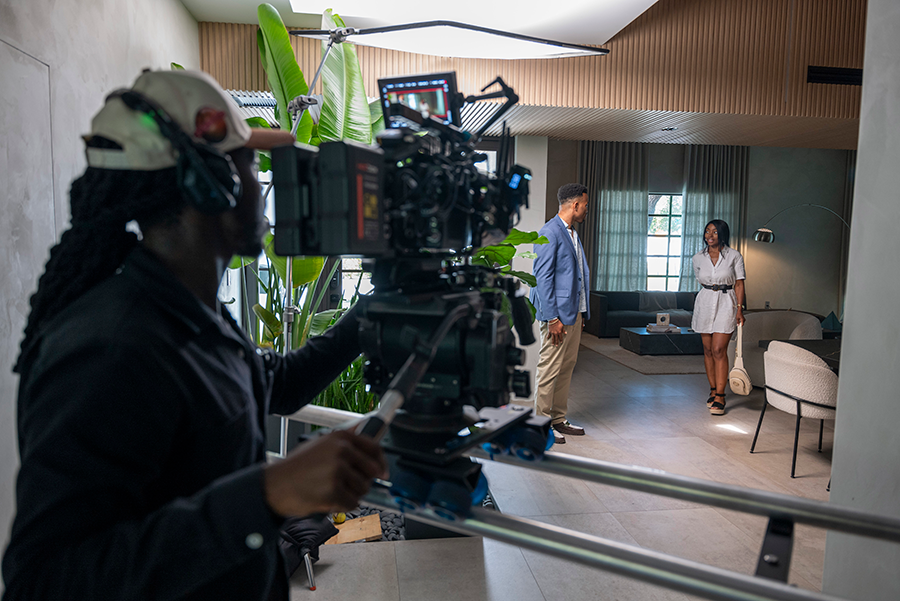
But In the competitive world of film and television, there’s no way to grow without offering incentives to larger productions, she says. In most states, that comes largely from the state level. Without much help from Tallahassee, Broward started its first incentive program in June 2022.
“It’s pretty creative; we have different incentive programs and they’re all named something different,” Lighterman says. “It’s really geared a lot towards lower and mid-level projects. TV series are a little harder to attract because we don’t have a lot of money like a state would.”
The incentives range from pot-sweeteners aimed at major studios to help for commercials and smaller filmmakers. The biggest offer is for multiple projects; commit to two scripted projects in a three-year timespan and at least $4 million per project, and the county offers a 30 percent rebate capped at $2.5 million per project. At the other end are a pair of rebates requiring at least $400,000 spent in Broward, one for film or TV and the other for commercials. Film or TV makers get a 20 percent rebate capped at $800,000; commercial makers qualify for a 15 percent rebate capped at $175,000. Between those are several other midrange rebate offers.
The county recently received its 20th application. Most applicants have been making smaller films, although Lighterman says there have also been a few larger ones.
“Those projects develop the local economy,” she says. “It’s an ecosystem where larger companies hire local film professionals to work on their productions, which helps grow the local industry as well.”
Broward didn’t always need to be this self-reliant. From the late 1970s to the turn of the century, Florida boasted the country’s third biggest film and television industry, behind California and New York. Even as other states began to catch up, production companies stayed busy in Florida in the early 2000s, thanks to television series such as “Bloodline,” “Dexter” and “Burn Notice.” Florida-shot blockbuster films from the era include “2 Fast 2 Furious,” “Bad Boys II” and “The Punisher.”
None of that happened by accident. In the 1970s, Reuben Askew and Bob Graham were the first Florida governors to champion incentives and aggressive courting of the film industry. As governor, Morton says, Graham would travel to California several times a year to pitch Florida.
That support remained consistent in Tallahassee for several decades. But by the mid-2010s, it was wearing thin. When incentives funds meant to last to 2016 were out by 2014, neither the state legislature nor then-Governor Rick Scott had any interest in spending more. In 2016, the legislature ended the program entirely. Today, the state offers one thing, an entertainment industry sales tax exemption that can offer up to 7.5 percent savings in qualifying areas such as set design and construction or props and wardrobe. But that’s not much compared to what’s being offered elsewhere, including just across the Florida state line.
The Peach State Prospers
Meanwhile, Morton says, other states are going the opposite direction. North Carolina and Louisiana now have thriving film and television industries. And the title, once held by Florida, of third biggest film and television industry? That now belongs to Georgia, “Y’allywood,” Morton writes, “has since the 2010s implemented a 30 percent tax credit plan and a $4 billion expenditure program. The tradeoff has resulted in the creation of an additional 79,000 jobs across the state and $7 billion added to the state economy.”
By 2010, he says, 40 states had a tax incentive program of some kind. For Morton, this part of his research dovetailed with his personal experiences. He moved to Florida in the 2010s to work in film and television.
“There was so much happening in South Florida at the time,” he says. “Then the plug got pulled. “Bloodline” got canceled, “Ballers” relocated to Los Angeles. Almost overnight, he says, an industry died.
Nearly a decade later, Morton says, the industry has not come back. But there’s great opportunity now in Florida, he says. “Even in lieu of the lack of incentives at this moment, we’ve also seen some great opportunities.”
Florida-made films such as the indie “The Florida Project” and 2017 Oscar Best Picture Winner “Moonlight” proved the talent is here. And now, he says, people are talking about “Bad Monkey,” the new Apple TV series based on a Carl Hiaasen novel, which is primarily shot in Miami and the Florida Keys.
“There is so much excitement in the community right now on that alone,” he says.
But excitement is tempered by economic reality. Film and television industries grow because of two things, Morton says — infrastructure and incentives. “Both have to go in tandem with each other, and at the moment we don’t have either,” he says.
Making It Happen
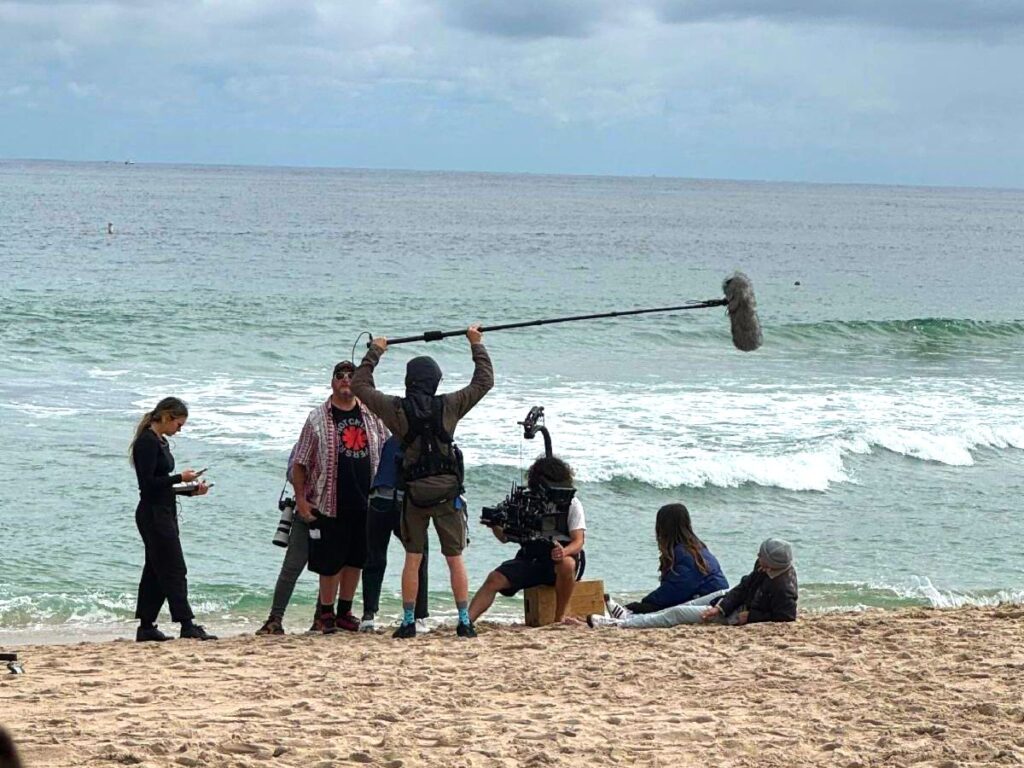
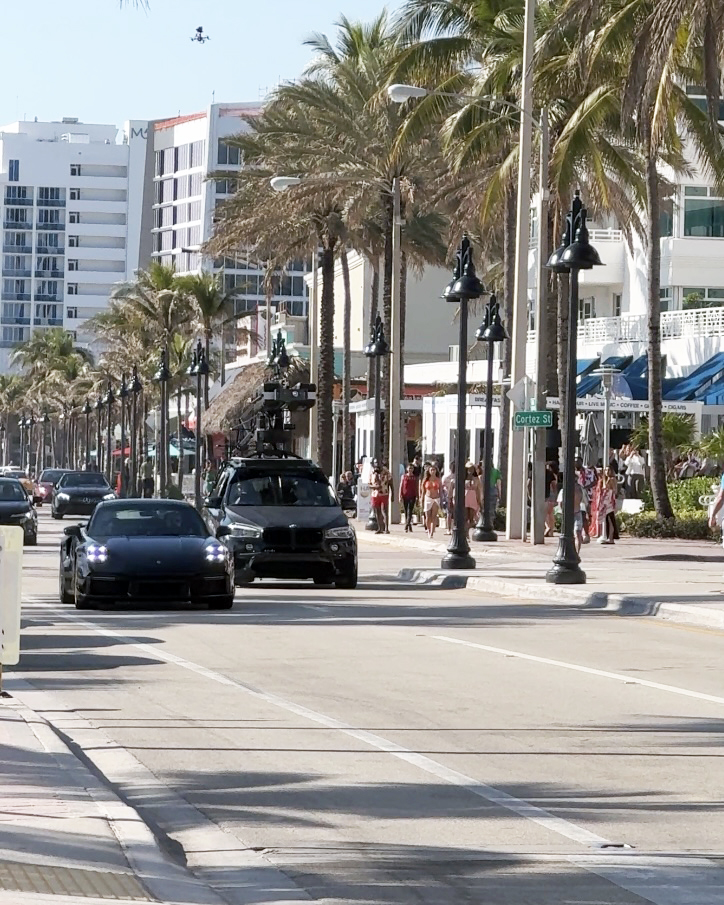
In recent years, he says, there’s been no movement from Tallahassee. “You could definitely get a lot more cooperation if you had help from the state,” he says. “The problem that we’re facing right now is that there is a lot of competition from nearby Sun Belt states.
In Broward County, Sandy Lighterman isn’t waiting. “We’ve been busy,” she says. “Even during the summer, we were really busy with high-end commercials, million-dollar commercials.”
The county has also seen Fort Lauderdale Beach stand in for South Beach in 2024’s “Bad Boys: Ride or Die.” Actor Julia Stiles’ directorial debut. “Wish You Were Here,” wrapped production in February of 2024 with help from Film Lauderdale and was shot in Deerfield Beach and Pompano Beach. And there are some Lifetime and Hallmark movies — not the sorts of projects that will grab the attention of Hollywood, but the sorts of projects that help build a local industry. Importantly, Lighterman says, many of those projects are not here because they’re set here.
“I don’t care if you shoot us for Los Angeles as long as you shoot here,” she says. An advantage Broward County has is many places that can look like other parts of the country or the world.
“If you shoot in Davie, you shoot for horse country,” she says. Out by the Everglades, she says, “there’s a road to nowhere that looks like you’re in Texas.” There are high-end homes that can pass for anywhere rich people are, and there are red-brick buildings that can pass for a generic Up North.
“We definitely have different looks here,” she says.
Broward County has its advantages. But building an industry isn’t easy. “It doesn’t happen overnight,” she says. “I’m trying to build the brand up so that people will recognize Broward County. It’s like any other business; you have to understand that it’s an investment of time to make it happen.”
More info about Film Lauderdale at filmlauderdale.org
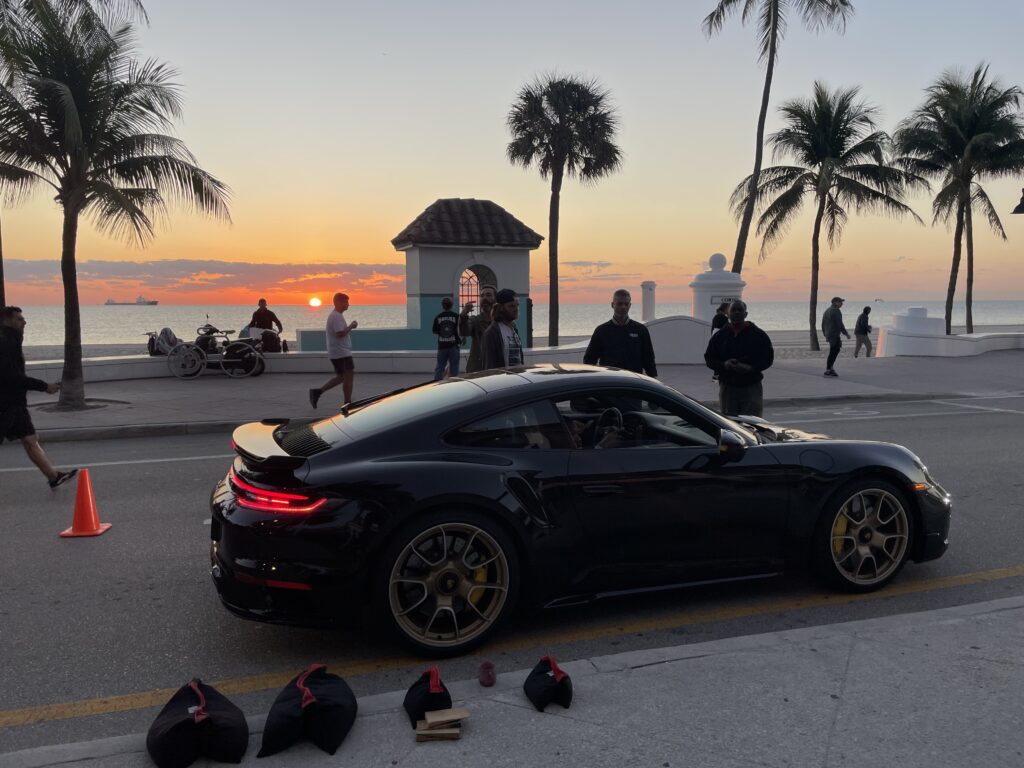
This story was produced by Broward Arts Journalism Alliance (BAJA), an independent journalism program of the Broward County Cultural Division. Visit artscalendar.com for more stories about the arts in South Florida.


